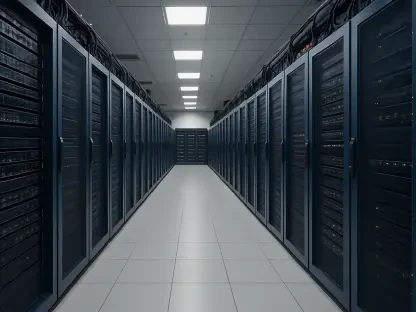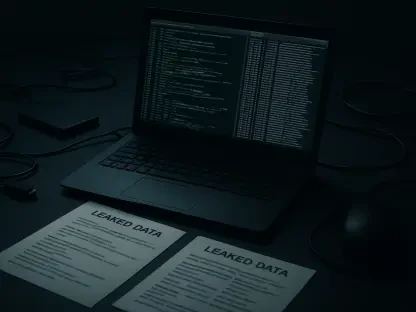Shocking Cybersecurity Realities
Cyberattacks occur with alarming frequency, placing even trusted systems like SharePoint in the spotlight as unexpected vulnerabilities can lead to devastating consequences. How secure are the platforms widely relied upon within government and sensitive sectors? This question gains urgency as nation-state actors increasingly turn to ransomware—an uncommon blend of political motives and financial greed—that demands attention and decisive action.
The Rising Risk in Cyber Vulnerabilities
The increased dependency on SharePoint in government and sensitive areas underscores the importance of scrutinizing vulnerabilities that could compromise the security of everyday users. SharePoint, commonly used for document management and collaboration, has become integral in various sectors, making its security paramount. However, vulnerabilities identified as CVE-2025-53770 and CVE-2025-53771 expose weaknesses that align with broader cybersecurity threats. These flaws, once exploited, might lead to significant ripple effects, impacting personal and professional ecosystems alike.
Inside the SharePoint Exploitation Tactics
Storm-2603, the Chinese hacker group, leverages sophisticated tactics in exploiting these SharePoint flaws, employing the attack chain known as ‘ToolShell.’ This method demonstrates a high level of sophistication, bypassing identity controls to gain privileged access. Their tactics, tools, and procedures (TTPs) include deploying Warlock ransomware on compromised systems, affecting prominent agencies like the National Nuclear Security Administration, Department of Education, DHHS, and DHS. This extensive impact showcases the serious threat posed by such nation-state actors targeting vulnerabilities for ransomware distribution.
Perspectives on Cyber Defense and Threat Actor Motivation
Experts in cybersecurity like Kevin Robertson from Acumen Cyber emphasize the complexity and implications of such attacks. He notes how ransomware deployment typically follows initial network breaches to encrypt data and demand ransoms, indicating financial motives intertwined with potential state-sponsored agendas. Research highlights these motives blend political objectives with profit-driven intent. Defending against such vulnerabilities requires strategic foresight and comprehensive security measures as protection remains critical in navigating this complex threat landscape.
Strategies and Recommendations for Defense
To mitigate risks, organizations need proactive steps such as rotating cryptographic materials and engaging incident response professionals. Additionally, disconnecting SharePoint systems from the internet serves as a preventive strategy to minimize exposure to hacking threats. Developing a framework for assessing and enhancing cybersecurity posture is essential, ensuring protective measures align with the ongoing challenges in cyber defense. Organizations must remain vigilant and adaptive, facing threat scenarios with informed, strategic responses.
As cyber threats evolve, the significance of addressing vulnerabilities and implementing robust defensive mechanisms becomes ever more crucial. Understanding these aspects allows stakeholders to reconsider their strategies and prepare for potential future threats with greater resilience and adaptability.









